In honor of election day, our three on the third will focus on America and the current political climate.
Polarized: Making Sense of a Divided America
by James E. Campbell
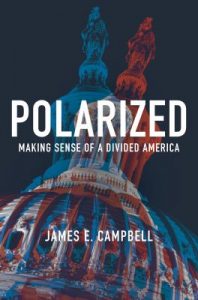
Many continue to believe that the United States is a nation of political moderates. In fact, it is a nation divided. It has been so for some time and has grown more so. This book provides a new and historically grounded perspective on the polarization of America, systematically documenting how and why it happened. Polarized presents commonsense benchmarks to measure polarization, draws data from a wide range of historical sources, and carefully assesses the quality of the evidence. Through an innovative and insightful use of circumstantial evidence, it provides a much-needed reality check to claims about polarization. This rigorous yet engaging and accessible book examines how polarization displaced pluralism and how this affected American democracy and civil society. Polarized challenges the widely held belief that polarization is the product of party and media elites, revealing instead how the American public in the 1960s set in motion the increase of polarization. American politics became highly polarized from the bottom up, not the top down, and this began much earlier than often thought. The Democrats and the Republicans are now ideologically distant from each other and about equally distant from the political center. Polarized also explains why the parties are polarized at all, despite their battle for the decisive median voter. No subject is more central to understanding American politics than political polarization, and no other book offers a more in-depth and comprehensive analysis of the subject than this one.
JK 1726 .C359 2016
Catalog Link – Polarized
Web 2.0 and the Political Mobilization of College Students
by Kenneth W. Moffett
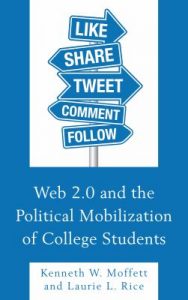 Web 2.0 and the Political Mobilization of College Students investigates how college students’ online activities, when politically oriented, can affect their political participatory patterns offline. Kenneth W. Moffett and Laurie L. Rice find that online forms of political participation–like friending or following candidates and groups as well as blogging or tweeting about politics–draw in a broader swathe of young adults than might ordinarily participate. Political scientists have traditionally determined that participatory patterns among the general public hold less sway in shaping civic activity among college students. This book, however, recognizes that young adults’ political participation requires looking at their online activities and the ways in which these help mobilize young adults to participate via other forms. Moffett and Rice discover that engaging in one online participatory form usually begets other forms of civic activity, either online or offline.
Web 2.0 and the Political Mobilization of College Students investigates how college students’ online activities, when politically oriented, can affect their political participatory patterns offline. Kenneth W. Moffett and Laurie L. Rice find that online forms of political participation–like friending or following candidates and groups as well as blogging or tweeting about politics–draw in a broader swathe of young adults than might ordinarily participate. Political scientists have traditionally determined that participatory patterns among the general public hold less sway in shaping civic activity among college students. This book, however, recognizes that young adults’ political participation requires looking at their online activities and the ways in which these help mobilize young adults to participate via other forms. Moffett and Rice discover that engaging in one online participatory form usually begets other forms of civic activity, either online or offline.
LB 3610 .M64 2016
Catalog Link – Web 2.0
Covering American Politics in the 21st Century: An Encyclopedia of news media titans, trends and controversies
by Lee Banville
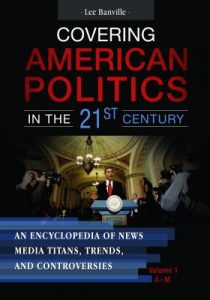 Over the last 20 years, political campaigns and the media that cover them have been fundamentally altered by a mix of technology and money. This timely work surveys the legal, financial, and technological changes that have swept through the political process, putting those changes in context to help readers appreciate how they affect what the public learns, and doesn’t learn, about the candidates and lawmakers at the local, state, and federal levels. The encyclopedia offers a critical examination of a broad range of topics organized in a narrative, A-to-Z format. Written by journalists and political experts, the two volumes cover the major issues, organizations, and trends affecting both politics and the coverage of political campaigns. Some 200 entries treat everything from news organizations, think tanks, and significant individuals to questions concerning money, advertising, and campaign tactics. Objective, unbiased, and comprehensive, the encyclopedia is an unequaled resource for anyone seeking to understand American political journalism and news coverage in the 21st century
Over the last 20 years, political campaigns and the media that cover them have been fundamentally altered by a mix of technology and money. This timely work surveys the legal, financial, and technological changes that have swept through the political process, putting those changes in context to help readers appreciate how they affect what the public learns, and doesn’t learn, about the candidates and lawmakers at the local, state, and federal levels. The encyclopedia offers a critical examination of a broad range of topics organized in a narrative, A-to-Z format. Written by journalists and political experts, the two volumes cover the major issues, organizations, and trends affecting both politics and the coverage of political campaigns. Some 200 entries treat everything from news organizations, think tanks, and significant individuals to questions concerning money, advertising, and campaign tactics. Objective, unbiased, and comprehensive, the encyclopedia is an unequaled resource for anyone seeking to understand American political journalism and news coverage in the 21st century
PN 4888 .P6 B36 2017 V1 & V2
Catalog Link – Covering American Politics in the 21st Century

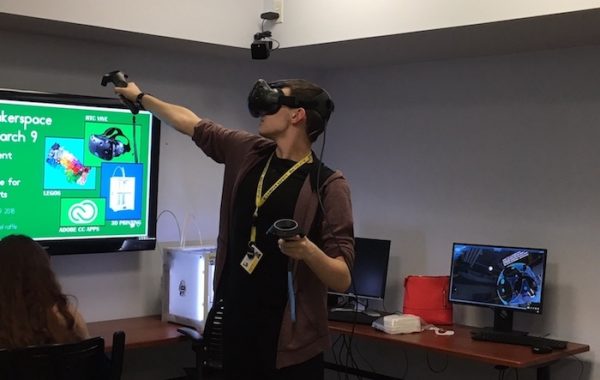




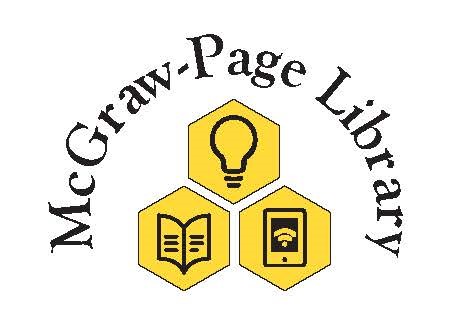 I am pleased to introduce the new McGraw-Page Library logo. This logo represents several months of collaboration with the
I am pleased to introduce the new McGraw-Page Library logo. This logo represents several months of collaboration with the 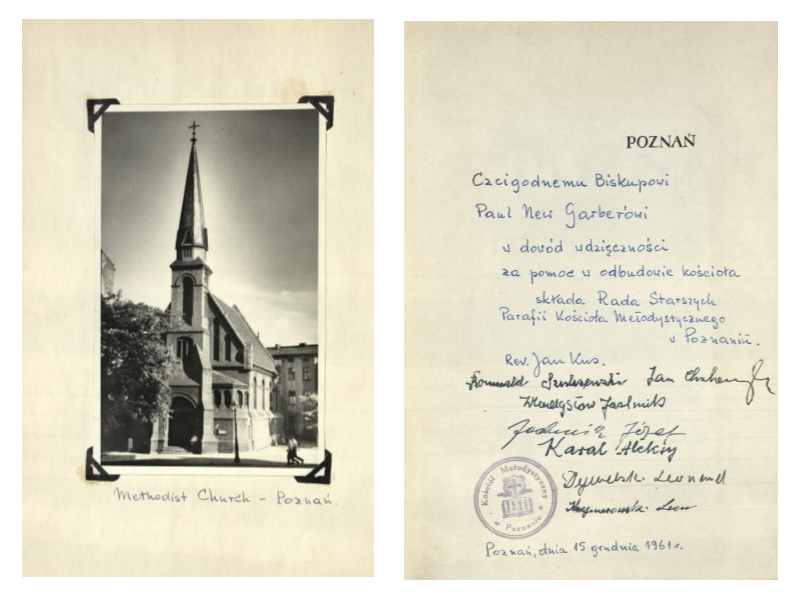
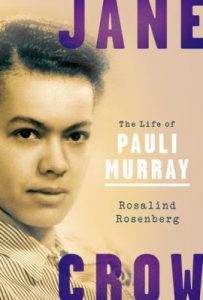 Throughout her prodigious life, activist and lawyer Pauli Murray systematically fought against all arbitrary distinctions in society, channeling her outrage at the discrimination she faced to make America a more democratic country. In this definitive biography, Rosalind Rosenberg offers a poignant portrait of a figure who played pivotal roles in both the modern civil rights and women’s movements. Murray accomplished all this while struggling with issues of identity. She believed from childhood she was male and tried unsuccessfully to persuade doctors to give her testosterone. While she would today be identified as transgender, during her lifetime no social movement existed to support this identity. She ultimately used her private feelings of being “in-between” to publicly contend that identities are not fixed, an idea that has powered campaigns for equal rights in the United States for the past half-century. Summary provided by publisher
Throughout her prodigious life, activist and lawyer Pauli Murray systematically fought against all arbitrary distinctions in society, channeling her outrage at the discrimination she faced to make America a more democratic country. In this definitive biography, Rosalind Rosenberg offers a poignant portrait of a figure who played pivotal roles in both the modern civil rights and women’s movements. Murray accomplished all this while struggling with issues of identity. She believed from childhood she was male and tried unsuccessfully to persuade doctors to give her testosterone. While she would today be identified as transgender, during her lifetime no social movement existed to support this identity. She ultimately used her private feelings of being “in-between” to publicly contend that identities are not fixed, an idea that has powered campaigns for equal rights in the United States for the past half-century. Summary provided by publisher In this raw, searing new narrative account, Howard Jones reopens the case of My Lai by examining individual accounts of both victims and soldiers through extensive archival and original research. Jones evokes the horror of the event itself, the attempt to suppress it, as well as the response to Calley’s sentence and the seemingly unanswerable question of whether he had merely been following orders. My Lai also surveys how news of the slaughter intensified opposition to the Vietnam War by undermining any pretense of American moral superiority. Compelling, comprehensive, and sobering, Howard Jones’ My Lai chronicles how the strategic failures and competing objectives of American leaders resulted in one of the most devastating tragedies of the Vietnam War.
In this raw, searing new narrative account, Howard Jones reopens the case of My Lai by examining individual accounts of both victims and soldiers through extensive archival and original research. Jones evokes the horror of the event itself, the attempt to suppress it, as well as the response to Calley’s sentence and the seemingly unanswerable question of whether he had merely been following orders. My Lai also surveys how news of the slaughter intensified opposition to the Vietnam War by undermining any pretense of American moral superiority. Compelling, comprehensive, and sobering, Howard Jones’ My Lai chronicles how the strategic failures and competing objectives of American leaders resulted in one of the most devastating tragedies of the Vietnam War.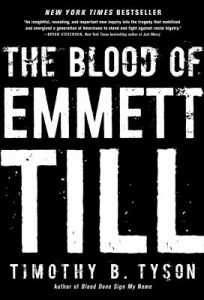 Part detective story, part political history, Timothy Tyson’s The Blood of Emmett Till revises the history of the Till case, not only changing the specifics that we thought we knew, but showing how the murder ignited the modern civil rights movement. Tyson uses a wide range of new sources, including the only interview ever given by Carolyn Bryant; the transcript of the murder trial, missing since 1955 and only recovered in 2005; and a recent FBI report on the case.
Part detective story, part political history, Timothy Tyson’s The Blood of Emmett Till revises the history of the Till case, not only changing the specifics that we thought we knew, but showing how the murder ignited the modern civil rights movement. Tyson uses a wide range of new sources, including the only interview ever given by Carolyn Bryant; the transcript of the murder trial, missing since 1955 and only recovered in 2005; and a recent FBI report on the case.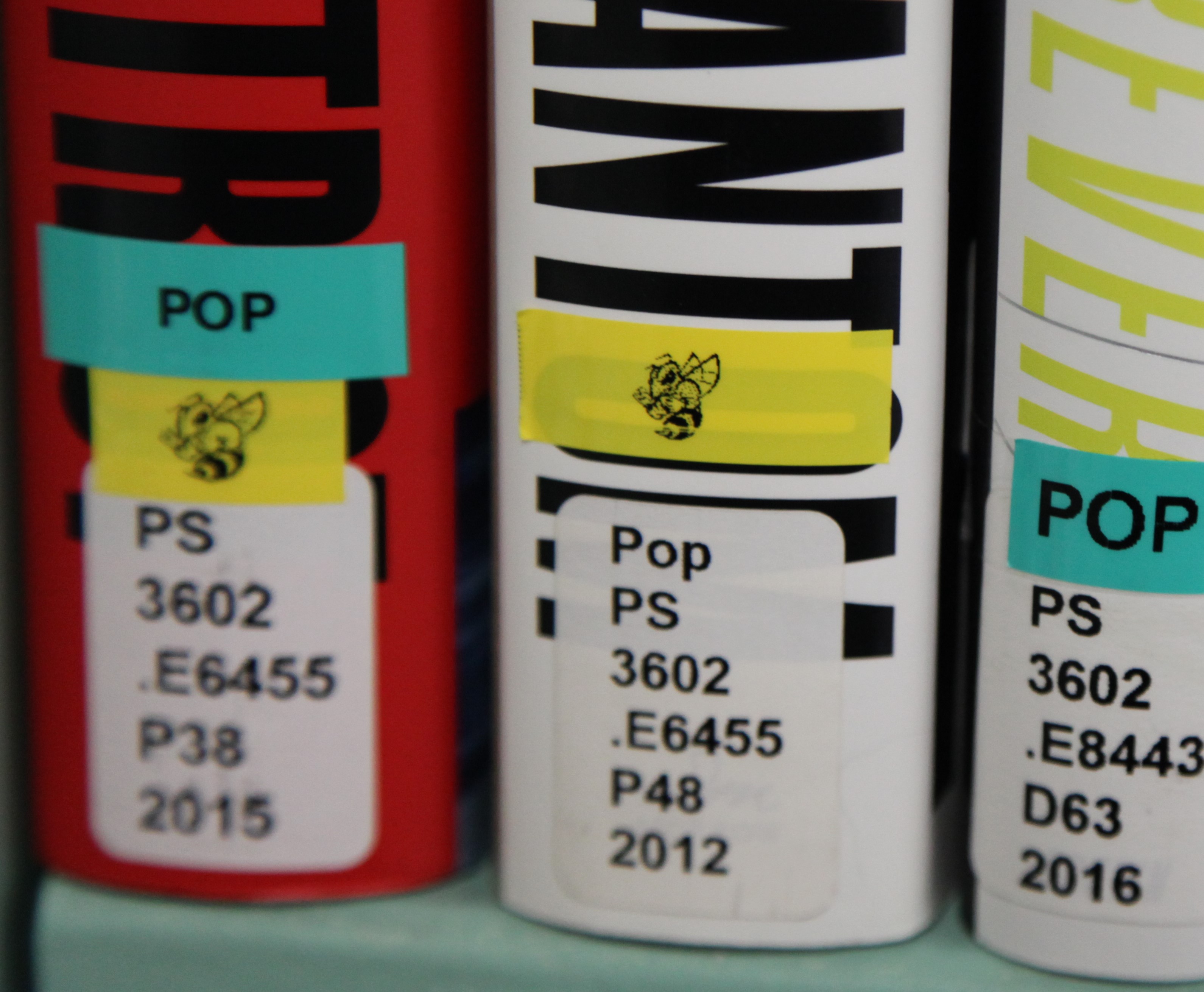 A yellow jacket sticker on the spines of books in the library indicates that the work was written by a member of the Randolph-Macon College community. The McGraw-Page Library has nearly 1000 works written by current and former R-MC students, faculty, and staff. Books by Randolph-Macon College writers are found in the College Archives and the Juvenile and Popular Reading collections, as well as in the circulating collection on the second floor.
A yellow jacket sticker on the spines of books in the library indicates that the work was written by a member of the Randolph-Macon College community. The McGraw-Page Library has nearly 1000 works written by current and former R-MC students, faculty, and staff. Books by Randolph-Macon College writers are found in the College Archives and the Juvenile and Popular Reading collections, as well as in the circulating collection on the second floor.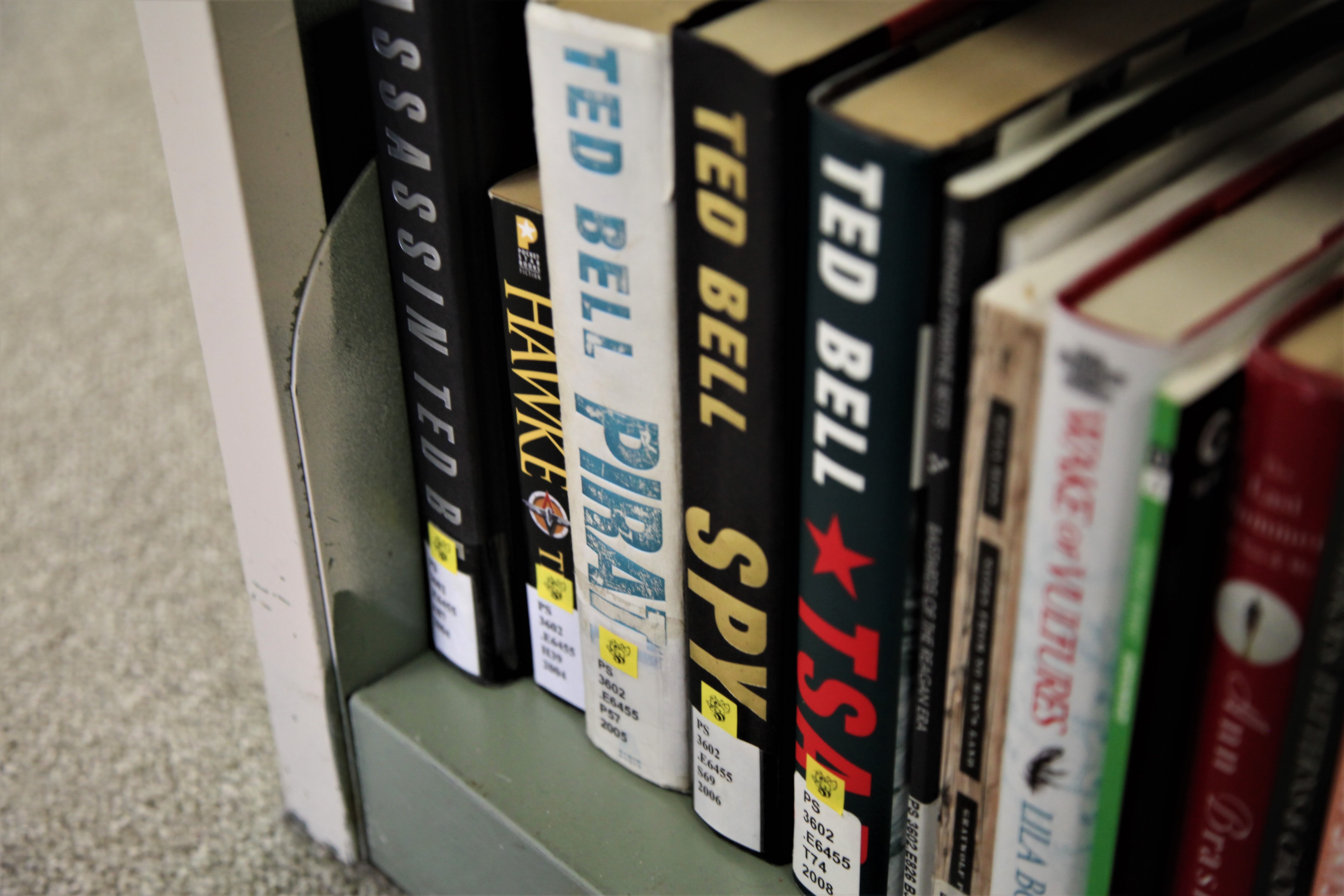

 Web 2.0 and the Political Mobilization of College Students investigates how college students’ online activities, when politically oriented, can affect their political participatory patterns offline. Kenneth W. Moffett and Laurie L. Rice find that online forms of political participation–like friending or following candidates and groups as well as blogging or tweeting about politics–draw in a broader swathe of young adults than might ordinarily participate. Political scientists have traditionally determined that participatory patterns among the general public hold less sway in shaping civic activity among college students. This book, however, recognizes that young adults’ political participation requires looking at their online activities and the ways in which these help mobilize young adults to participate via other forms. Moffett and Rice discover that engaging in one online participatory form usually begets other forms of civic activity, either online or offline.
Web 2.0 and the Political Mobilization of College Students investigates how college students’ online activities, when politically oriented, can affect their political participatory patterns offline. Kenneth W. Moffett and Laurie L. Rice find that online forms of political participation–like friending or following candidates and groups as well as blogging or tweeting about politics–draw in a broader swathe of young adults than might ordinarily participate. Political scientists have traditionally determined that participatory patterns among the general public hold less sway in shaping civic activity among college students. This book, however, recognizes that young adults’ political participation requires looking at their online activities and the ways in which these help mobilize young adults to participate via other forms. Moffett and Rice discover that engaging in one online participatory form usually begets other forms of civic activity, either online or offline. Over the last 20 years, political campaigns and the media that cover them have been fundamentally altered by a mix of technology and money. This timely work surveys the legal, financial, and technological changes that have swept through the political process, putting those changes in context to help readers appreciate how they affect what the public learns, and doesn’t learn, about the candidates and lawmakers at the local, state, and federal levels. The encyclopedia offers a critical examination of a broad range of topics organized in a narrative, A-to-Z format. Written by journalists and political experts, the two volumes cover the major issues, organizations, and trends affecting both politics and the coverage of political campaigns. Some 200 entries treat everything from news organizations, think tanks, and significant individuals to questions concerning money, advertising, and campaign tactics. Objective, unbiased, and comprehensive, the encyclopedia is an unequaled resource for anyone seeking to understand American political journalism and news coverage in the 21st century
Over the last 20 years, political campaigns and the media that cover them have been fundamentally altered by a mix of technology and money. This timely work surveys the legal, financial, and technological changes that have swept through the political process, putting those changes in context to help readers appreciate how they affect what the public learns, and doesn’t learn, about the candidates and lawmakers at the local, state, and federal levels. The encyclopedia offers a critical examination of a broad range of topics organized in a narrative, A-to-Z format. Written by journalists and political experts, the two volumes cover the major issues, organizations, and trends affecting both politics and the coverage of political campaigns. Some 200 entries treat everything from news organizations, think tanks, and significant individuals to questions concerning money, advertising, and campaign tactics. Objective, unbiased, and comprehensive, the encyclopedia is an unequaled resource for anyone seeking to understand American political journalism and news coverage in the 21st century